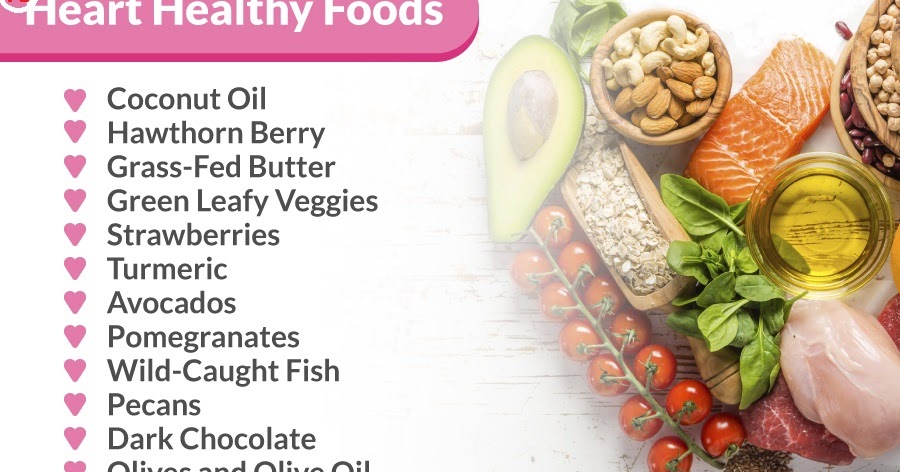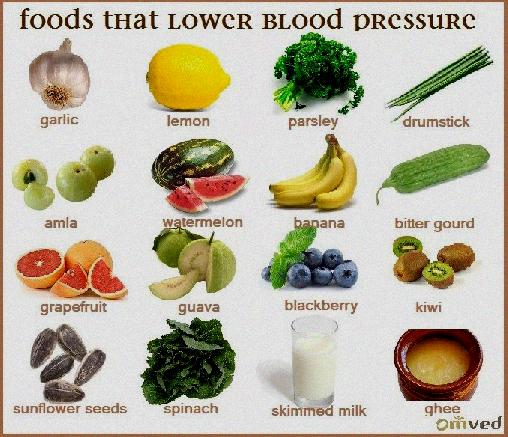
There are many benefits of eating fruit and vegetables, including decreased risk of heart disease and cancer. These benefits go beyond your health. These vegetables are attractive and make eye-catching meals. When preparing a meal, keep the fruits and vegetables visible in your refrigerator. They can be stored in glass bowls in the refrigerator. It will help to pick the most appealing foods. It will help you to decide which fruits and veggies you should buy.
It is important to eat fruits and vegetables for a healthy lifestyle. It is well known that the physical benefits of eating more fruit and vegetables include lowered risk of heart disease and some cancers, and longer life span. Additionally, people who eat a greater amount of fruit and vegetables are more happy, live longer, have better mental and physical health, and are generally happier. Research has also shown that eating more fruits and vegetables is associated with greater happiness, social-emotional well being, and flourishing.

It is not clear what factors influence vegetable and fruit consumption. Much of the existing research has focused on the environmental factors, such as availability, cost, and time, while the role of peers and social norms is less clear. It is actually the source of information that determines behavior and how much food people eat. Belgian students cited advertisements and media as their main sources for information on diets. We know that there is still much to be done in order to eradicate the epidemic of unhealthy eating.
A healthy diet high in fruits and vegetables can also reduce the risk of cancer, cardiovascular disease, and other respiratory illnesses. All of these diseases are less likely for people who eat five or more meals a day of fruits and veggies. In addition to reducing their overall mortality, these types of food also promote better health. Consuming plenty of fruits, vegetables and other healthy foods is important.
For a healthy diet, it is important to eat vegetables and fruits. These foods are the best sources of fiber and other nutrients. These nutrients are essential to good health. They can also prevent many diseases, and help prolong your life. Even though fruits and veggies are easily available all year, it is best to pick them fresh. Other than that, fruits & vegetables contain more vitamin C then their counterparts. They can reduce the chance of getting infected.

Many people skip eating fruits and vegetables despite the many benefits. Because they do not know the recommended daily amount and because they don't think they can afford them, many people do not eat fruits or vegetables regularly. Many people believe that fruits, vegetables, and other foods contain antioxidants. In other words, they reduce the risk of disease and improve their health. The best reason to eat fruits and vegetables is to avoid chronic diseases. A lot of diseases can be avoided if you eat fruits and vegetables regularly.
FAQ
Does being cold give you a weak immune system?
Cold weather can cause a decline in your immune system. Your body produces fewer white blood cell which fight infection. Being cold can make you feel more comfortable because your brain releases endorphins which help reduce pain.
What are 7 tips for a healthy and happy life?
-
You should eat right
-
Exercise regularly
-
Sleep well
-
Drink lots of water
-
Get adequate rest
-
Be happy
-
Smile often
What are the best 10 foods to eat?
These are the 10 best foods to try:
-
Avocados
-
Berries
-
Broccoli
-
Cauliflower
-
Eggs
-
Fish
-
Grains
-
Nuts
-
Oats
-
Salmon
Statistics
- According to the Physical Activity Guidelines for Americans, we should strive for at least 150 minutes of moderate intensity activity each week (54Trusted Source Smoking, harmful use of drugs, and alcohol abuse can all seriously negatively affect your health. (healthline.com)
- This article received 11 testimonials and 86% of readers who voted found it helpful, earning it our reader-approved status. (wikihow.com)
- WHO recommends reducing saturated fats to less than 10% of total energy intake; reducing trans-fats to less than 1% of total energy intake; and replacing both saturated fats and trans-fats to unsaturated fats. (who.int)
- WHO recommends consuming less than 5% of total energy intake for additional health benefits. (who.int)
External Links
How To
What does the "vitamins” word mean?
Vitamins are organic substances found naturally in food. Vitamins are necessary for us to absorb nutrients in the foods we consume. The body cannot make vitamins; therefore, they must be obtained from food.
There are two types vitamins: water soluble or fat soluble. Water-soluble vitamins dissolve in water easily. Examples include vitamin C,B1 (thiamine), B2 (riboflavin), B3 (niacin), B6 (pyridoxine), folic acid, biotin, pantothenic acid, and choline. The liver and fatty tissues are home to fat-soluble vitamins. Vitamin D, E, K and A are some examples.
Vitamins can be classified by their biological activity. There are eight major types of vitamins:
-
A - vital for healthy growth.
-
C - important for proper nerve function and energy production.
-
D – Essential for healthy teeth, bones and joints
-
E is required for good vision and reproduction.
-
K – Required for healthy nerves & muscles.
-
P - essential for strong bones, teeth and tendons
-
Q - aids digestion, absorption and absorption iron
-
R is required for the production of red blood cells.
The recommended daily allowance for vitamins (RDA) varies based on gender, age, and physical conditions. The U.S. Food and Drug Administration (FDA) sets the RDA values.
For example, the RDA for vitamin A is 400 micrograms per dayfor adults 19 years or older. For fetal development, pregnant women need 600 mg per day. Children ages 1-8 require 900 micrograms per day. Infants below one year old require 700mg per day. But, between 9 months to 12 months, the amount drops to 500mg per day.
Children ages 1-18years who are obese need 800 micrograms per day while those who are overweight need 1000 micrograms per day and children who are underweight need 1200 micrograms per day to meet their nutritional needs.
2200 mg of vitamin A per day is required for children aged 4-8 who have been diagnosed by anemia.
2000 micrograms per person is necessary for general health. Breastfeeding or pregnant women require 3000 micrograms per daily due to higher nutrient demands.
Adults over 70 years of age need 1500 micrograms per day since they lose about 10% of their muscle mass each decade.
Women who are pregnant and lactating need more nutrients than the RDA. Pregnant mothers need 4000 micrograms per daily during pregnancy and 2500 after giving birth. Breastfeeding mothers need to consume 5000 micrograms every day when breastmilk has been produced.